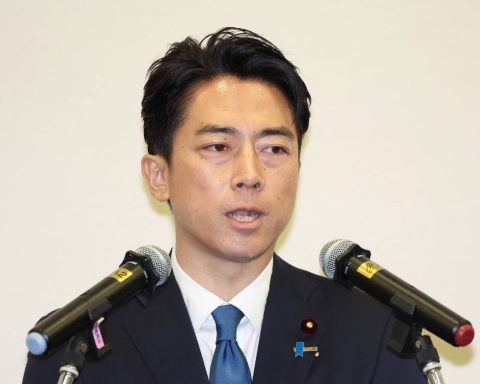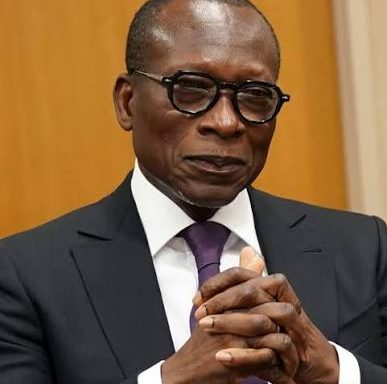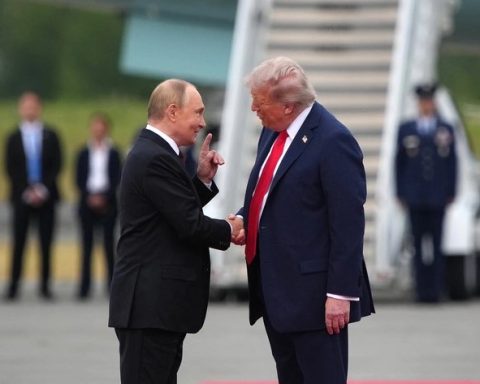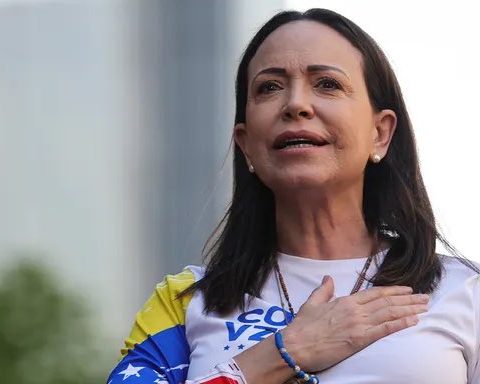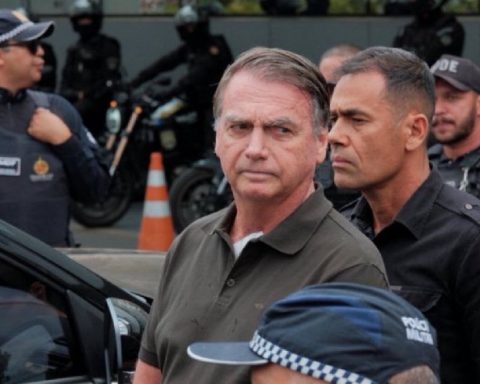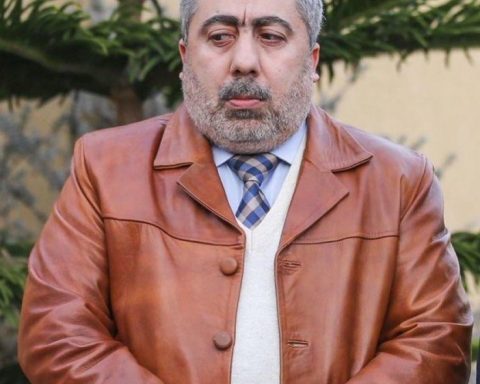Thick black smoke has emerged from the Sistine Chapel’s chimney, signalling that the cardinals sealed off inside have failed to elect a new pope in their first conclave vote.
Tens of thousands of people gathered in Vatican City’s St Peter’s Square to await the smoke, which came about three hours and 15 minutes after the 133 cardinals were sequestered.
Join our WhatsApp ChannelCardinals from about 70 countries were called back to Rome following Pope Francis’s death on April 21 after 12 years as head of the Catholic Church. As they were shut off from the outside world on Wednesday, their mobile phones were surrendered, and airwaves around the Vatican were jammed to prevent communications until a new pope is elected.
Black smoke emerged from the chimney over the Sistine Chapel at 21:00 on Wednesday evening, signalling that a first ballot has been held at the conclave and has concluded without the election of a Pope.https://t.co/hlmAJdskTO pic.twitter.com/AKxuUbDK2g
— Vatican News (@VaticanNews) May 7, 2025
READ ALSO: Cardinals Gather As Conclave To Elect 267th Pope Begins
The cardinals will return to the Sistine Chapel on Thursday to vote again, and will continue to do so until one of them secures a two-thirds majority – 89 votes – to be elected pope.
The start of the conclave, with a solemn procession of cardinals and other clergy into the Sistine Chapel, was streamed live on large screens in front of St Peter’s Basilica.
Meanwhile, the rest of the world’s 1.4 billion Catholics will have to continue waiting, with no hints about the future leader.
The cardinals have all taken an oath of secrecy and given up their electronic devices to prevent communication outside the conclave, leaks or outside surveillance. The cardinals and Vatican staff will only get their phones and devices back once the conclave has ended.
Breaking the oath of secrecy results in automatic excommunication from the church.
READ ALSO: Conclave To Elect New Pope Begins May 7 – Vatican
The past two popes, Benedict XVI and Francis, were appointed on the second day of voting. Before them, John Paul II was appointed on the third day.
For the next three days, up to four rounds of voting will be held per day — two in the morning and two in the afternoon. If there is still no new pontiff by the fifth day, which falls on Sunday, the cardinals get a break from voting and instead are given time for prayer, quiet reflection and informal discussion.
This conclave is poised to be a battle between those who want to continue with the late Pope Francis’ reforms and vision and those who want to make a course correction to a more traditional papacy.
Two disparate camps of cardinals are coalescing under the banners of “unity,” those seeking a more predictable papacy, or “diversity,” those who want someone who will follow more closely in Francis’ footsteps.


